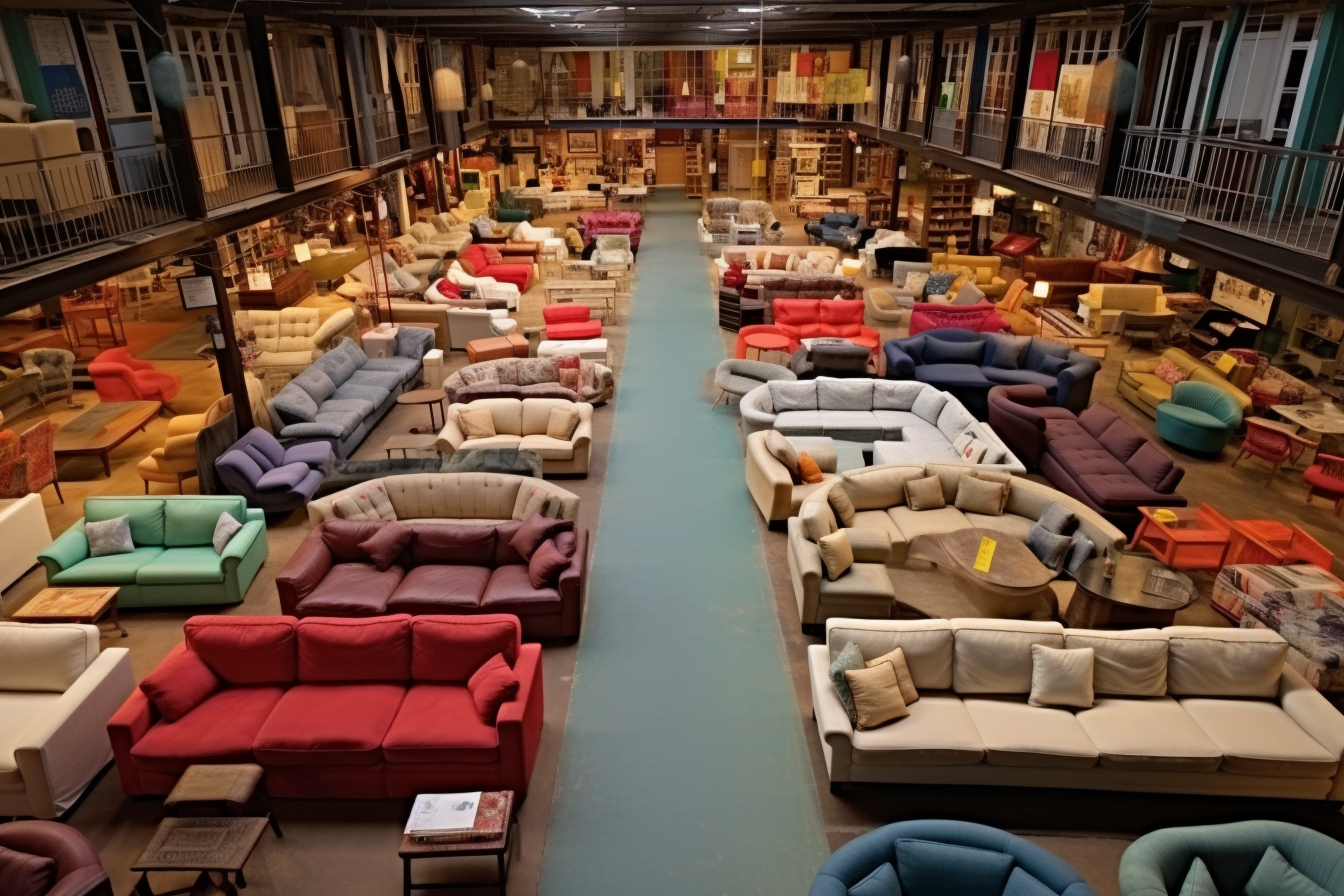Holographic Theater: The Future of Live Performance
In the ever-evolving landscape of entertainment, a groundbreaking fusion of technology and artistry is reshaping the theatrical experience. Holographic theater, once confined to the realm of science fiction, has emerged as a revolutionary medium that blurs the lines between reality and illusion. This cutting-edge form of performance art combines the centuries-old tradition of live theater with state-of-the-art holographic projections, creating a mesmerizing spectacle that captivates audiences worldwide. As we delve into the world of holographic theater, we'll explore its origins, current applications, and the profound impact it's having on the future of live entertainment.

Technological Marvels Behind the Curtain
At the heart of holographic theater lies a complex array of cutting-edge technologies. Ultra-high-definition projectors, capable of producing images with stunning clarity and depth, form the backbone of the system. These are complemented by sophisticated motion tracking cameras that capture the movements of live actors in real-time, allowing for seamless interaction between physical and digital elements on stage. Advanced software algorithms process this data instantaneously, ensuring that holographic characters respond naturally to their environment and fellow performers.
Redefining the Boundaries of Storytelling
Holographic theater opens up unprecedented possibilities for storytellers and directors. No longer constrained by the physical limitations of traditional sets and props, productions can now transport audiences to fantastical worlds with the flick of a switch. Historical figures can be brought back to life, mythical creatures can roam the stage, and entire cityscapes can materialize before the audience’s eyes. This newfound flexibility allows for narratives that were previously impossible to realize in a live setting, pushing the boundaries of theatrical storytelling to new heights.
The Impact on Performers and Production
For actors and performers, holographic theater presents both challenges and opportunities. While it demands a new set of skills - such as the ability to interact convincingly with digital co-stars - it also opens up exciting possibilities for role-playing and character transformation. A single performer can now portray multiple characters simultaneously, or morph between different forms in real-time. Behind the scenes, production teams are adapting to this new medium, developing innovative techniques for lighting design, sound engineering, and stage management that complement the holographic elements.
Audience Reception and Future Prospects
Initial reactions to holographic theater have been overwhelmingly positive, with audiences marveling at the seamless blend of reality and illusion. Critics have praised the medium for its ability to create immersive experiences that go beyond traditional theater, while still maintaining the essence of live performance. As the technology continues to evolve, we can expect to see even more ambitious productions that push the boundaries of what’s possible on stage. From Broadway to community theaters, holographic elements are likely to become an increasingly common sight in productions of all scales.
Ethical Considerations and Artistic Integrity
As with any transformative technology, holographic theater raises important questions about artistic integrity and the nature of performance. Some traditionalists argue that the heavy reliance on digital elements detracts from the raw, human aspect of theater. Others see it as a natural evolution of the art form, no different from the introduction of electric lighting or recorded sound. The ethical implications of digitally recreating deceased performers or historical figures also spark debate, necessitating careful consideration of rights and permissions.
Global Reach and Accessibility
One of the most promising aspects of holographic theater is its potential to democratize access to high-quality performances. By allowing for the simultaneous projection of a single production in multiple locations, this technology could bring world-class theater to remote areas and underserved communities. International collaborations become more feasible, with performers from different corners of the globe able to share the same virtual stage. This global reach has the power to foster cultural exchange and broaden artistic horizons on an unprecedented scale.
The Economic Landscape of Holographic Productions
The financial implications of holographic theater are significant and multifaceted. While the initial investment in equipment and technology can be substantial, the long-term benefits in terms of reduced set design and transportation costs could make it an attractive option for producers. The ability to run multiple simultaneous shows with the same digital assets also opens up new revenue streams. However, the industry will need to navigate complex issues surrounding licensing, royalties, and intellectual property rights in this new digital landscape.
Educational Applications and Training
Beyond entertainment, holographic theater holds immense potential in the realm of education and professional training. Medical students could observe intricate surgical procedures up close, history classes could witness pivotal moments from the past, and aspiring actors could practice their craft alongside virtual mentors. The interactive nature of these holographic experiences makes them particularly effective as learning tools, offering a level of engagement and immersion that traditional methods struggle to match.
Challenges and Limitations
Despite its vast potential, holographic theater is not without its challenges. Technical issues such as maintaining consistent image quality across different venues and ensuring seamless integration with live elements remain ongoing concerns. There’s also the risk of overreliance on technology at the expense of genuine human connection, a core element of traditional theater. As the medium evolves, finding the right balance between technological spectacle and emotional authenticity will be crucial to its long-term success and artistic credibility.




